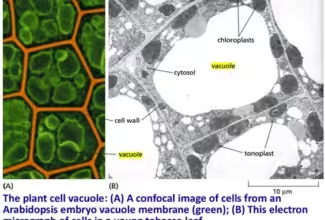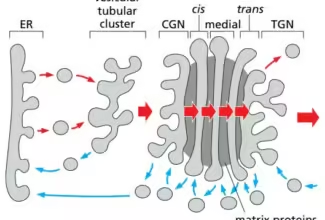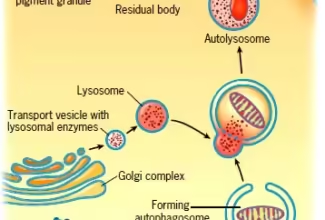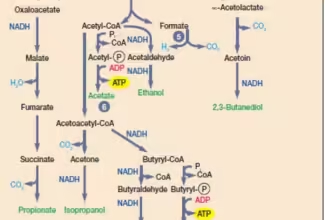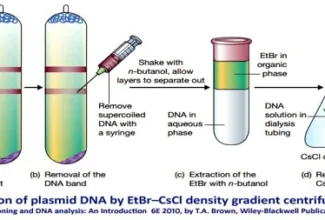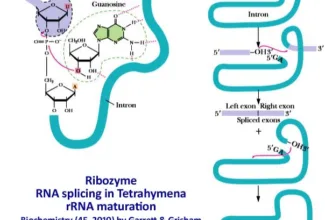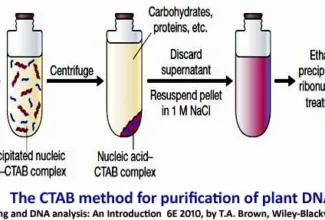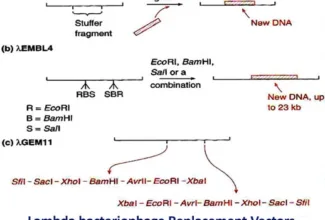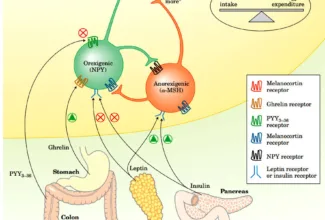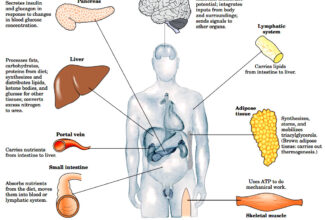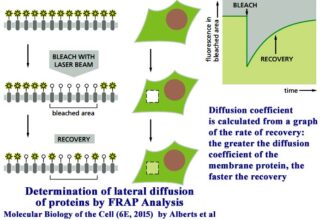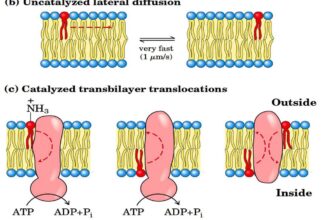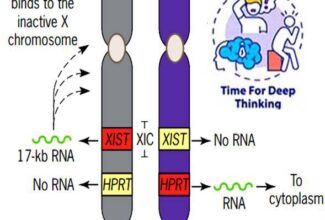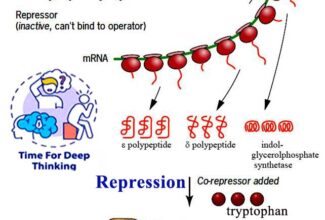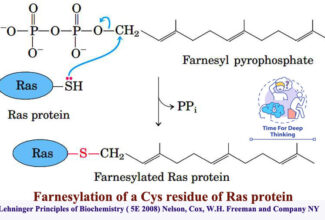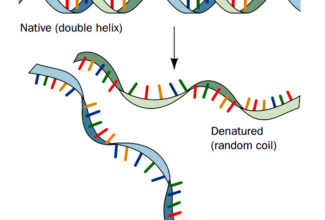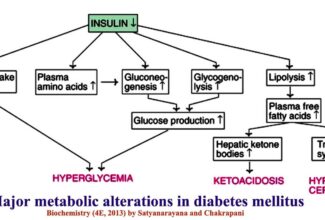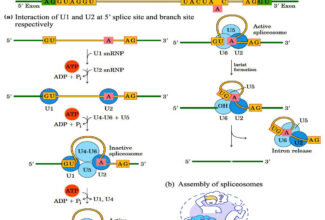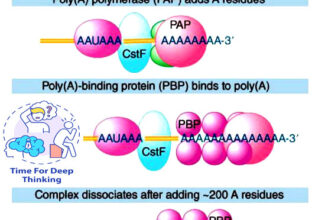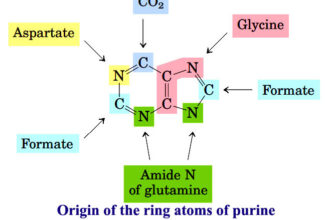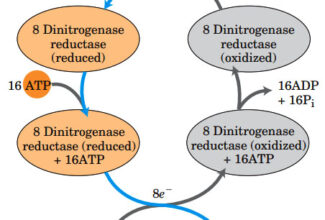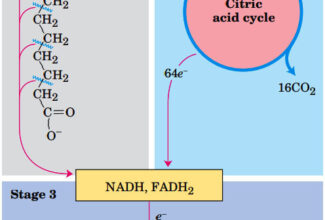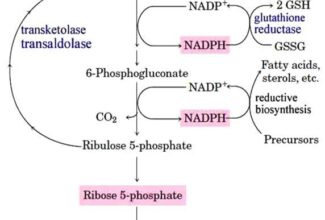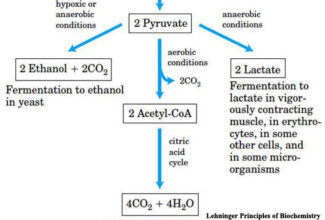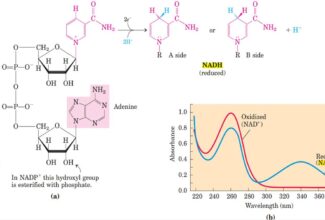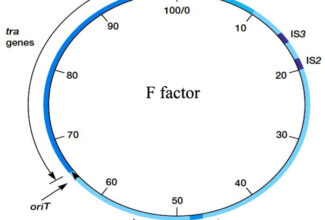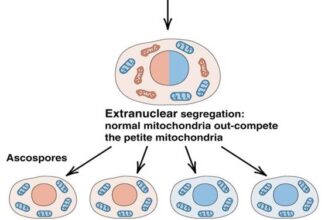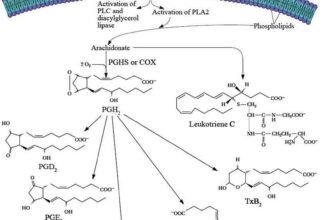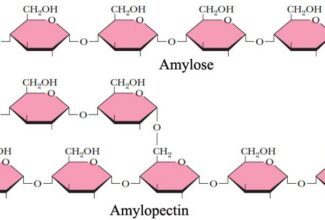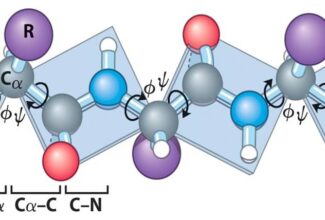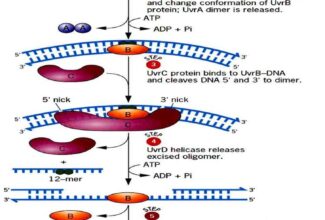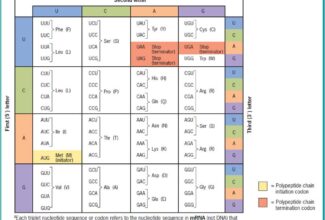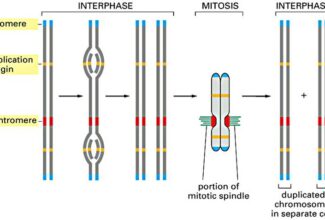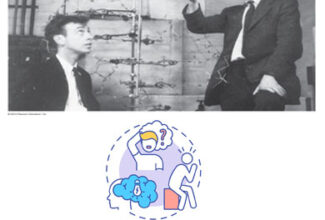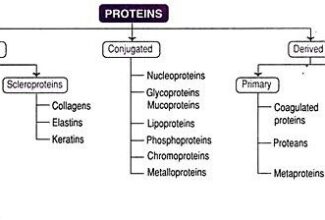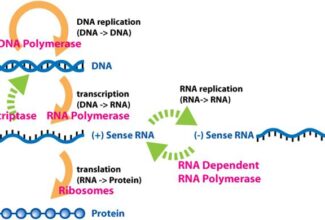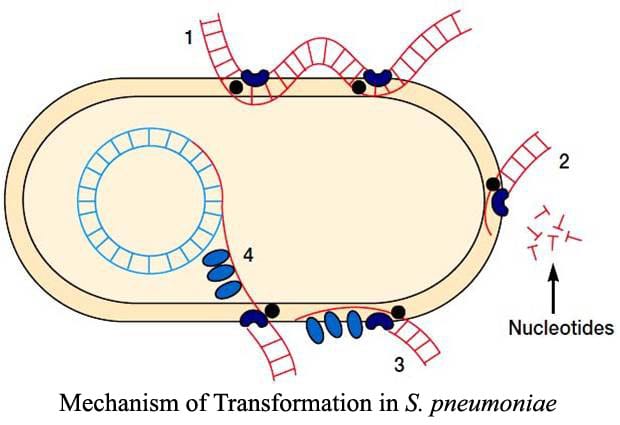
Gene Transfer In Bacteria-II: Transformation
Gene Transfer In Bacteria-II
Transformation
- Transformation was the first of the three mechanisms of genetic exchange in bacteria to be described. It was discovered in 1928 in pathogenic strains of Streptococcus pneumoniae by F Griffith.
- Transformation is the process of uptake of naked DNA from the environment by bacteria.
OR
- Genetic alteration of bacterium brought about by the incorporation of foreign DNA into the cell.
Properties of Transformation
- Transformation is an active, energy-requiring process.
- It only takes place in those species of bacteria which possess the proteins and enzymatic machinery required to bind free DNA molecule in the surroundings and transport them to the cytoplasm e.g., S. pneumoniae, Bacillus subtilis, and Haemophilus influenzae.
- Even in these species all cells in a given population are not capable of being transformed.
- Only competent cell which secretes competent factor (com proteins), a small protein that induces the synthesis of 8-10 new proteins required for transformation, are capable of serving as recipient in transformation.
- Bacteria develop competence during the late phase of their growth cycle—when cell density is high but before cell division stops.

